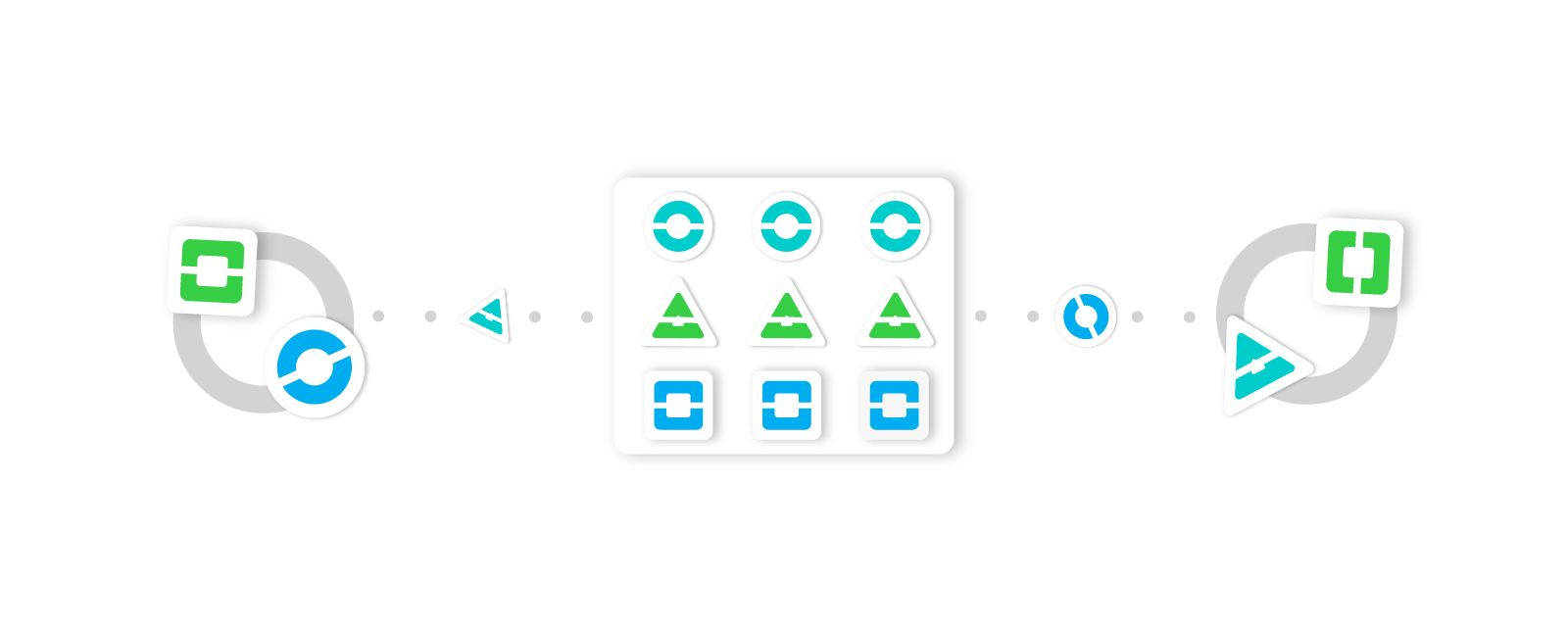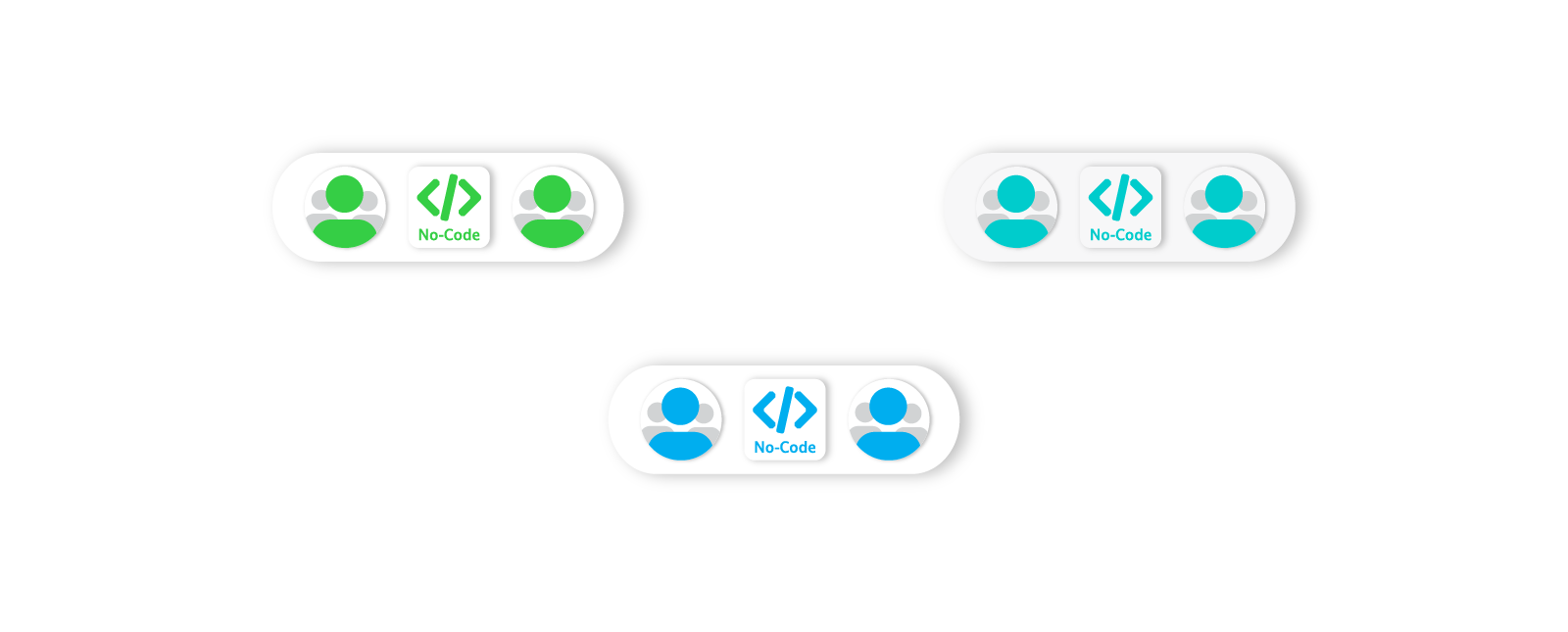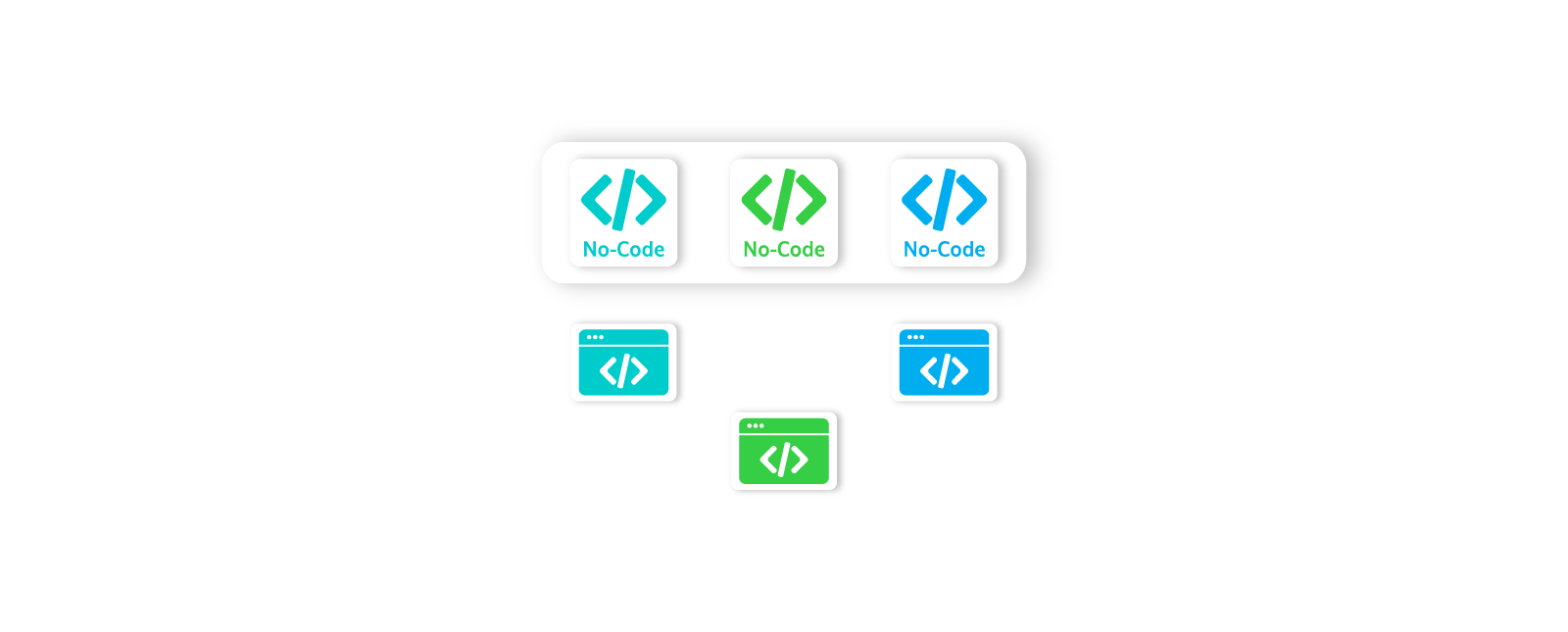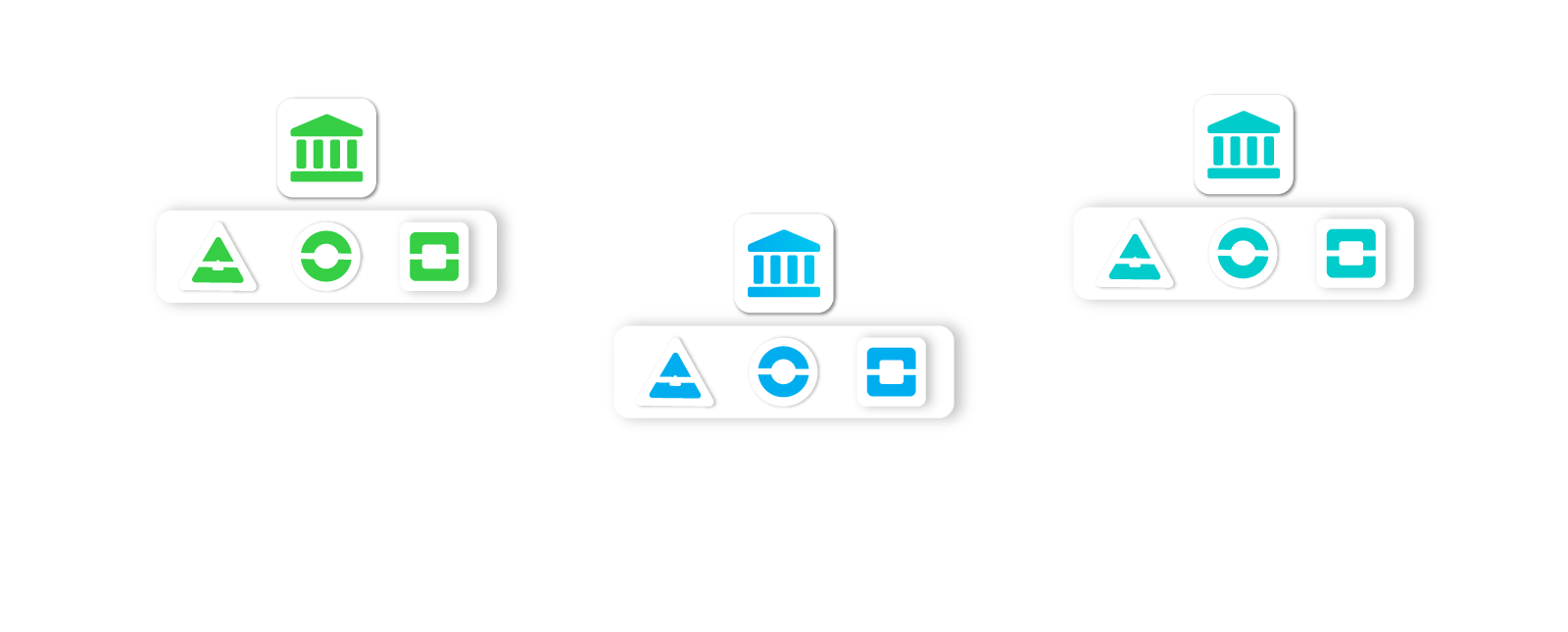Many of today’s leaders don’t know exactly what to do with their data, leaving them without consistent insights to deliver better services and expand business opportunities. Because of this, a good portion of today’s enterprises struggle to organize their data — let alone utilize them.
However, those adopting bleeding-edge data management software to solve their data problems today will be industry leaders for the next 50 years. There are several steps that anyone who’s struggling to extract and interpret their data can take to improve their data management and analysis capabilities.
Where to Begin
There are several steps between feeling unclear about your data strategy to complete data readiness. If that describes you, here’s a good step-by-step framework to start in the right direction.
Develop a Data Strategy
Start by developing a clear data strategy that outlines your goals, data sources, and data analysis processes. For example, a bank might want to collect data on customer transactions, loan applications, and fraud detection, and use this data to analyze customer behavior, identify new business opportunities, and make more informed lending decisions.
To develop its data strategy, the bank should work with internal stakeholders and external consultants with experience working with data in the financial services industry.
Invest in Data Management Software
Data management software helps extract and organize data effectively. These include tools for data cleansing, data integration, and data warehousing. For example, you could use tools to aggregate customer data from different sources and store it in a centralized data warehouse, which ensures data are accurate, complete, and accessible for analysis.
We’ll dig into data management tools more deeply later in this article.
Build Data Analytics Capabilities
Build data analytics capabilities by hiring or training data analysts who can extract insights from the data, investing in data analysis software, or outsourcing data analysis to a third-party provider.
Alternatively, implement software tools that can automate data analysis and identify trends using machine learning and, now, AI.
Improve Data Governance
Establishing clear policies outlining how data will be collected, stored, and used is vital. These policies should be enforced across the organization and include data security, privacy, and compliance guidelines. They can also have policies that ensure compliance with local and national regulations.
For further guidance on this topic, we discuss data governance and data health/democracy in other articles on our website.
Foster a Data-Driven Culture
Finally, you should foster a data-driven culture by promoting the use of data in decision-making, and by encouraging employees to use data to inform their work.
By doing so, you’ll all but guarantee that data is effectively used across the organization, and that everyone relies on data to improve business outcomes.
Data Capture, Storage, and Interpretation Tools
Many software applications are available to help organizations manage data better. Here are just a handful of examples of the software tools you should consider adding to your tech stack:
Data Integration
Data is stored in different systems and formats, which makes it difficult to extract and use effectively. Data integration tools combine data from disparate systems and structures, making it easier to analyze and use.
Data Warehousing
Data warehousing is the storage, management, and analysis of large amounts of data — both structured and unstructured. This includes traditional data warehouses, data lakes, and more recently, data lakehouses.
These providers consolidate data from multiple sources into a single repository, making it easier for data professionals to access and use.
Business Intelligence
Business intelligence (BI) software analyzes data and extracts insights to help inform decision-making.
BI tools create reports, dashboards, and visualizations that make it easier to identify patterns and understand trends in the data and make performance predictions. BI tools can help you better understand customers, anticipate risks, and identify new business opportunities.
Data Governance
Finally, you can use data governance technology to manage data quality, ensure data security, and comply with regulatory requirements. These tools can help you track data sources, maintain data accuracy, and appropriately use data.
By using these tools effectively, anyone can improve their data management processes, extract insights from their data, inform their decision-making, and improve their operations.
Racing Ahead of Your Competition with No-Code
Using no-code platforms can be an excellent way for any organization that feels like they’re falling behind to catch up quickly.
No-code platforms allow teams to build custom applications and automate processes without extensive coding knowledge or IT resources. You can develop and deploy new software applications more quickly and with fewer resources at a pace unmatched in the software development world.
Data management is an area where no-code excels. The platform can be used to create custom data management applications that help organize, track, and analyze data more effectively, improving decision-making and operational efficiency.
Also, no-code software can be an excellent solution for growing organizations that want to improve their operations and catch up to larger institutions quickly. Anyone with basic technical knowledge is enabled by no-code to build custom applications and automate processes that improve operational efficiency, attract new customers, and provide a better customer experience.
Organization-Wide Empowerment
There’s no shortage of benefits for any company when it comes to integrating no-code into their business operations.
Many of the world’s largest organizations have already benefited from no-code software. They allow developers to create and deploy custom applications faster than traditional coding methods, and allow them to create and modify applications quickly and easily, making it easier to respond to changing business needs and customer demands.
No-code software can also be used to automate repetitive tasks and workflows, reducing the amount of manual work required and improving operational efficiency.
Creating custom applications that improve the customer experience, such as digital onboarding, self-service portals, and mobile applications is easy and straightforward with no-code.
The cost-effectiveness of no-code is also unmatched, which outshines any of its limitations. Traditional software development requires so many resources, including hard-to-attract and highly-paid tech talent.
An Example of Overcoming Data Challenges
Let’s take a look how all of this might come together when applied to an example business.
We’re using a bank for this example because their data requirements are among the most demanding, but these same insights would apply to any organization in any industry.
How Banks Can Manage Data Better Using Software
Analyzing transaction data can be challenging for banks, especially when dealing with large volumes of data from multiple sources. However, with the right tools and techniques, banks can extract valuable insights from their transaction data that can help them improve their operations, manage risk, and better understand their customers.
One of the main challenges in analyzing transaction data is data quality. Transaction data may need to be completed, accurate, or consistent, making it difficult to draw meaningful conclusions. To address this, banks need to invest in data cleansing and normalization tools (some form of warehouse & ETL) that can help identify and correct errors in the data.
Another challenge in analyzing transaction data is data integration. Banks often store transaction data in multiple systems and formats, making it difficult to aggregate the data for analysis. Banks should invest in data integration tools that can help bring together data from different applications and integrate them into a single platform.
Once the data’s cleaned and integrated, the next challenge is to identify patterns and trends in the data. This can be challenging when dealing with large volumes of data as manual analysis may not be feasible. To address this, banks need to invest in data visualization and business intelligence tools — ideally no-code solutions to lower the technical barrier — that can help identify patterns and trends in the data, and present them in an easy-to-understand way.
In addition to these technical challenges, there may also be regulatory and compliance considerations when analyzing transaction data. Banks must ensure that they comply with applicable regulations and protect customer privacy when analyzing transaction data. Not all software is capable of consolidating and cleaning data while remaining regulation-compliant.
While there are challenges in analyzing transaction data, banks that invest in the right tools and techniques can gain valuable insights from their data to make better business decisions and improve their operations.
Future-Proofing Your Organization with Data Software
These strategies should help your organization prepare for a data-driven future and establish a foundation to extract insights to inform decision-making, improve operations, and achieve your team’s goals.
By developing a clear data strategy, investing in data management tools, building data analytics capabilities, improving data governance, and fostering a data-driven culture, you’ll be positioned for success in an increasingly data-driven world.
The business landscape has never been more competitive, so it’s critically important to make your data actionable with easy-to-implement technology. At Kizen, we’re helping reduce implementation cost and deployment timelines dramatically, while meeting the demands of organizations poised for continued growth.
Connect with us on our website — we’d love the opportunity to show you how you can supercharge your data capabilities in as little as three months.












